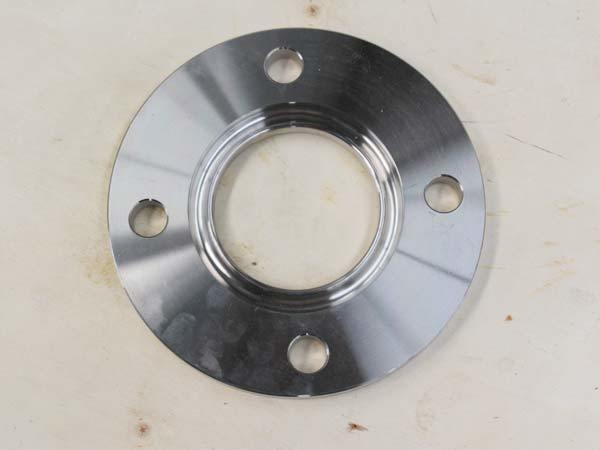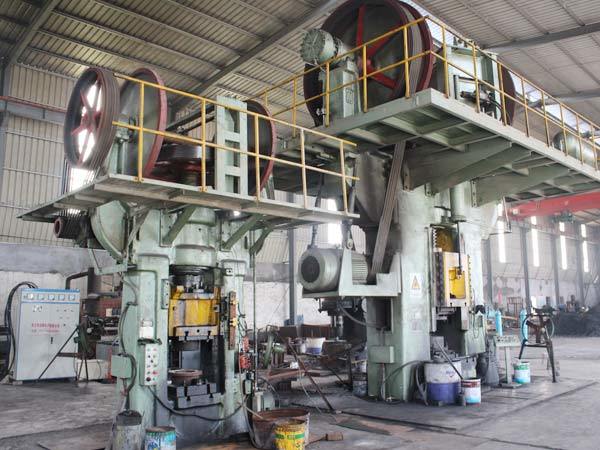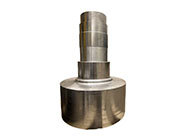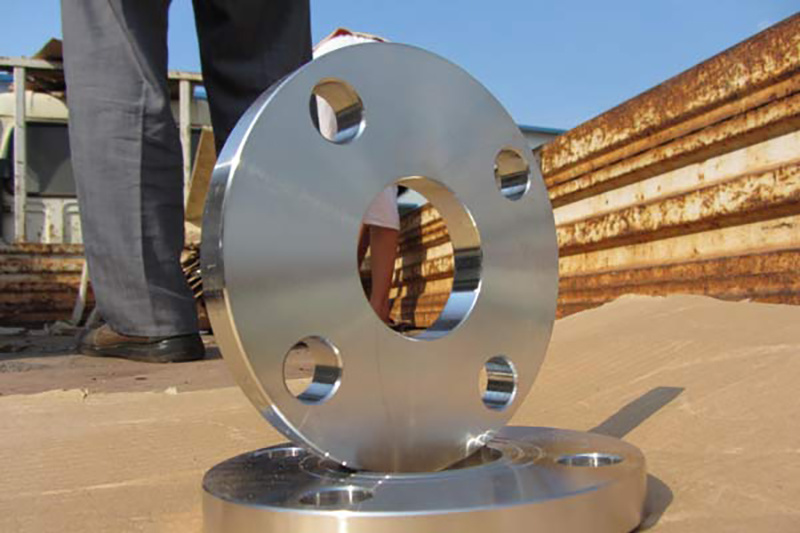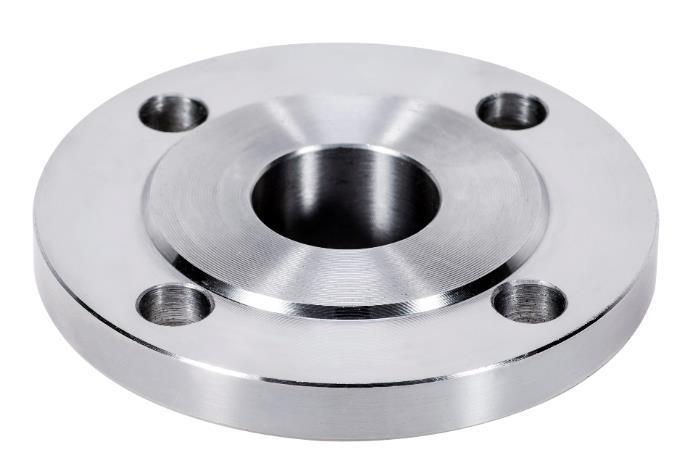Understanding Steel Industries Forgings: A Key Component in Construction and Decorative Materials
Release time:
2025-04-02
Forgings in the steel industry are a fundamental production technique that involves shaping metal through localized compressive forces. This process results in components that exhibit enhanced strength, durability, and resistance to fatigue compared to those produced through other methods, such as casting or machining. In the context of construction and decorative materials, steel forgings play a
One of the most notable advantages of steel industries forgings is their ability to withstand extreme conditions. Components forged from steel can handle high stress and impact loads, making them ideal for use in critical infrastructure projects such as bridges, buildings, and other constructions. The forging process aligns the metal's internal grain structure, which enhances its mechanical properties. This alignment results in a product that is less likely to fail under stress, making it a preferred choice in construction applications.
In addition to their strength, steel industries forgings also offer superior design flexibility. The forging process allows for the production of complex shapes and features that can be tailored to specific project requirements. This flexibility is especially advantageous in architectural applications, where unique and innovative designs are often sought. Forged steel components can be used to create intricate decorative elements that enhance the aesthetic appeal of buildings, such as railings, brackets, and ornamental features.
Moreover, the surface finish of forged steel products is typically superior to that of other manufacturing processes. This quality is particularly important in decorative applications, where visual appearance is paramount. Forgings can be finished to a high standard, providing a smooth surface that can be easily coated or painted to match design specifications. This makes them an attractive option for architects and designers looking to achieve a specific look or feel in their projects.
Sustainability is another important aspect of steel industries forgings. The recycling potential of steel, coupled with the efficiency of the forging process, contributes to a reduced environmental footprint. Many manufacturers focus on sustainable practices, such as using recycled materials and minimizing waste during production. This commitment to sustainability aligns with the growing demand for environmentally friendly building materials in the construction industry.
In conclusion, steel industries forgings represent a vital aspect of the construction and decorative materials sector. Their unmatched strength, design versatility, superior surface finish, and sustainability make them an essential choice for professionals in the industry. As construction practices continue to evolve, the demand for high-quality forged steel products will likely increase, reinforcing their importance in modern architecture and design. Understanding the benefits and applications of steel forgings can empower professionals to make informed decisions that enhance the quality and longevity of their projects.

Latest developments
The Advantages of Using Flat Flanges in Architectural Design Table of Contents Introduction to Flat Flanges in Architecture Understanding Flat Flanges: Definition and Types Benefits of Using Flat Flanges in Architecture Enhancing Structural Integrity with Flat Flanges Design Flexibility and Aesthetic Appeal Cost-Effectiveness of Flat Flanges in Projects Applications of Flat Flan
Understanding Steel Industries Forgings: A Key Component in Construction and Decorative Materials
Forgings in the steel industry are a fundamental production technique that involves shaping metal through localized compressive forces. This process results in components that exhibit enhanced strength, durability, and resistance to fatigue compared to those produced through other methods, such as casting or machining. In the context of construction and decorative materials, steel forgings play a
Why Forging of Stainless Steel is Essential for Modern Industry
Why Forging of Stainless Steel is Essential for Modern Industry Table of Contents 1. Introduction to Stainless Steel Forging 2. Importance of Forging in Stainless Steel Production 3. The Forging Process: A Detailed Overview 4. Benefits of Forging Stainless Steel 5. Key Applications of Forged Stainless Steel 6. Innovations in Stainless Steel Forging 7. Environmental Imp
Understanding Non-Standard Flanges: An Essential Guide for Construction and Decorative Materials
Non-standard flanges, as the name suggests, are flanges that do not conform to widely recognized industry standards. While standard flanges are manufactured to meet specific dimensions, pressure ratings, and material compositions defined by organizations like ASME, ISO, or ANSI, non-standard flanges offer flexibility to cater to unique project requirements. This can include variations in size, sha
How Japanese Standard Flanges Boost Your Pipeline Efficiency: A Comprehensive Guide
How Japanese Standard Flanges Enhance Your Pipeline Efficiency Introduction to Pipeline Efficiency and Flanges In the world of industrial piping systems, **pipeline efficiency** is paramount. The integrity and performance of a piping system can greatly influence operational costs, safety, and productivity. **Flanges** play a crucial role in this efficiency, serving as a connection point between di
Understanding American Standard Flanges: Essential Insights for Construction Professionals
American standard flanges are critical components in piping systems, commonly used in construction and various industrial applications. These flanges serve as connection points for pipes, valves, and other equipment, ensuring a secure and leak-proof assembly. Understanding the specifications and applications of American standard flanges is essential for construction professionals involved in the d



